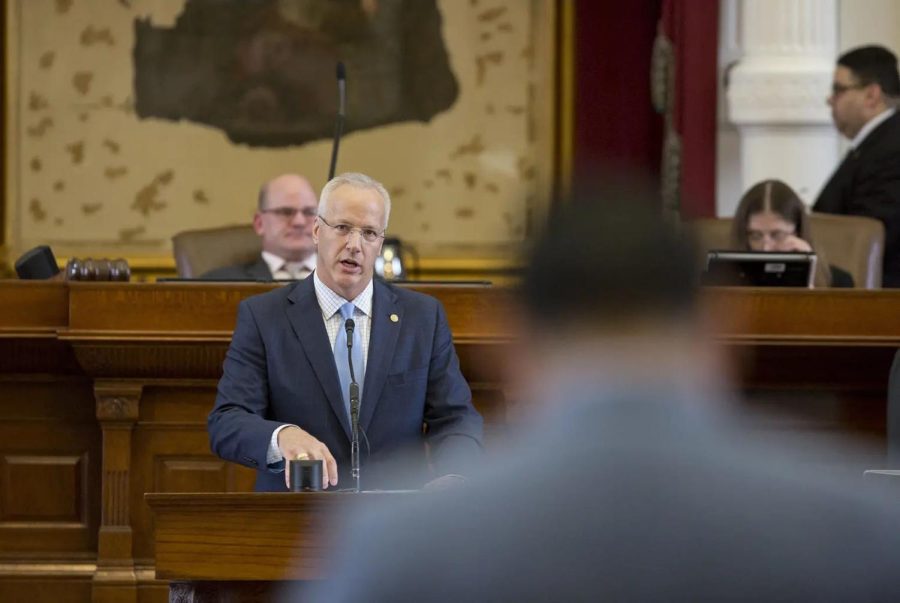LISA GRAY
Houston Chronicle
HOUSTON — The big plastic trash can at Briscoe Elementary got a workout during lunch on a recent school day.
Kindergartners plopped more than a third of their lunches into the bin. Left uneaten: an untouched-looking cup of carrots, half a cup of corn kernels, a roast chicken breast with only a few bites taken, an almost empty cup of pineapple chunks. More carrots. More corn.
“Plate waste,” that uneaten food is called, and on that day, Briscoe students actually discarded far less than most schools. According to a recent study by the Harvard School of Public Health, 60 percent to 75 percent of vegetables served with school lunches are thrown out, along with 40 percent of the fruit.
Figures like those lie at the heart of the war heating up between first lady Michelle Obama and congressional Republicans over whether schools should be allowed to opt out of nutritional requirements imposed by federal law.
“The last thing we can afford to do right now is play politics with our kids’ health,” Michelle Obama said Tuesday at a meeting with school nutrition officials.
Supporters say it is only reasonable to require that schools in the federally subsidized program serve every student at least one fruit or vegetable, and that meals be heavy on whole grains and light on sodium. They note that the Harvard study shows children are consuming more fruits and vegetables since the requirements were enacted in 2012, and that the waste is no higher than before.
“Food Services recognizes that it’s not enough to put healthy food on the tray,” Jennifer Lengyel, a nutrition educator and dietitian for the Houston Independent School District, said after lunch at Briscoe, as volunteers set up “Veggie Fest” in the cafeteria. “Kids have to know what these foods are, and why they’re good for them, so that they can enjoy them.”
At Veggie Fest, volunteers set up stations with labels such as “Edamame from Japan” and “Jicama from Mexico.”
Once the children poured in, the cafeteria thrummed with activity. At the papaya table, children tossed toy vegetables onto a tic-tac-toe game; at the cauliflower station, they played veggie bingo. Blindfolded, they sampled kiwifruit and blackberries. Most tables offered taste tests of things like Asian pears, or shredded Brussels sprouts tossed in olive oil and salt. And the kids happily ate them all.
“It takes 10 to 20 tastings for a child to decide that they like a food,” Lengyel told the Houston Chronicle. “Maybe they try it fresh one day, cooked the next.”
That trying-out period and the need for food education pose a problem for schools, noted Houston-based blogger Bettina Siegel, a nationally known figure in the small world of school lunch reform.
When introducing kids to healthy foods, she said, “There’ll be an inevitable period of waste and loss. Anybody could see that coming.” But the nutritional requirements did not come with a financial cushion to help schools weather the break-in period, she said.
For Melanie Konarik, Spring Independent School District’s director of child nutrition services, the economics are grim. For a student who qualifies for “free lunch,” her district is reimbursed only $3.01 per lunch. Not only are fresh foods significantly more expensive than frozen ones — this year, Spring paid 28 percent more for produce — but preparing and handling them is far more labor intensive.
Next year, unless she is allowed to opt out of requirements to lower sodium and use 100 percent whole-grain products, she expects that more paying students — those who help her bottom line — will choose not to buy a school lunch.













